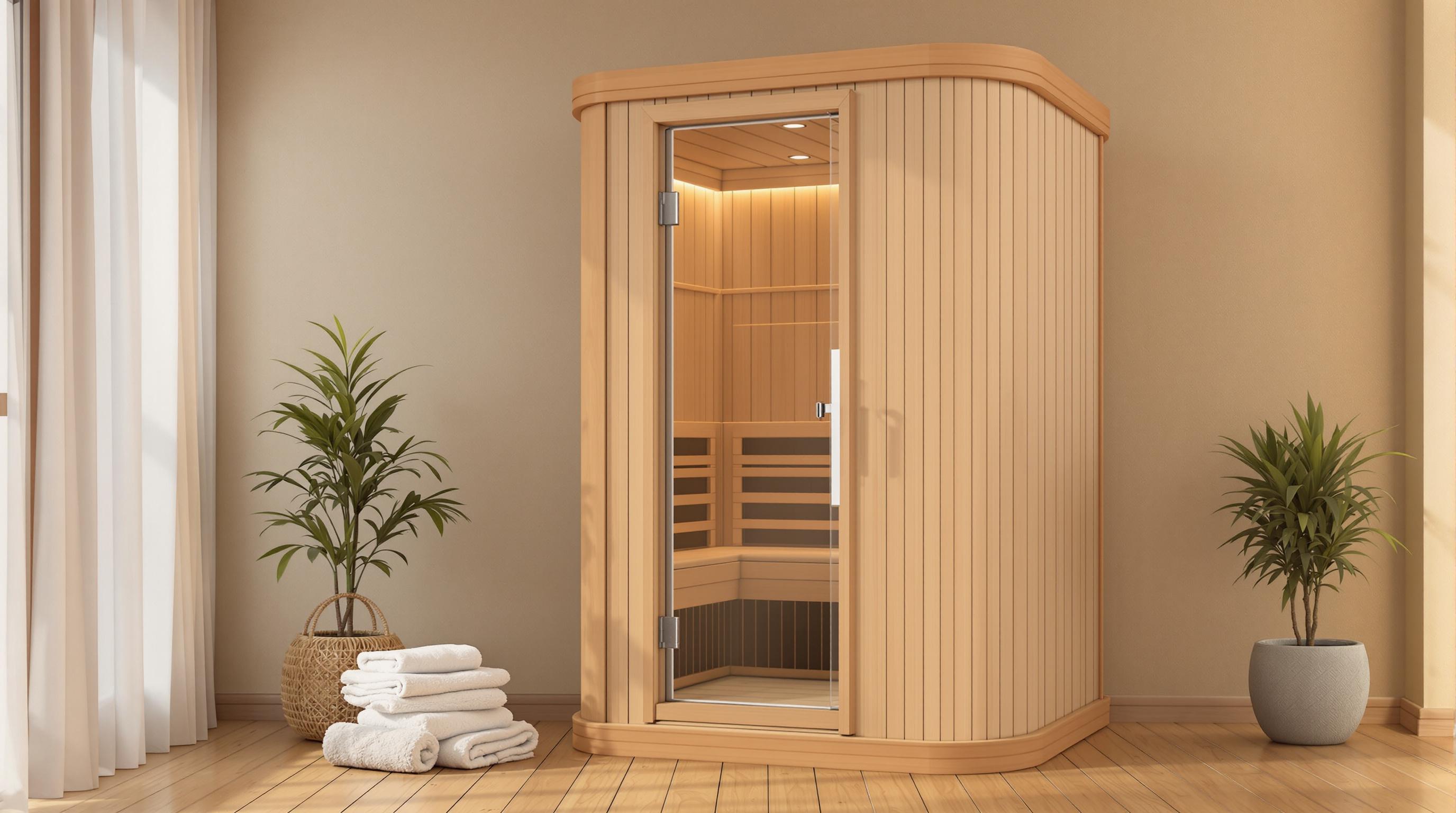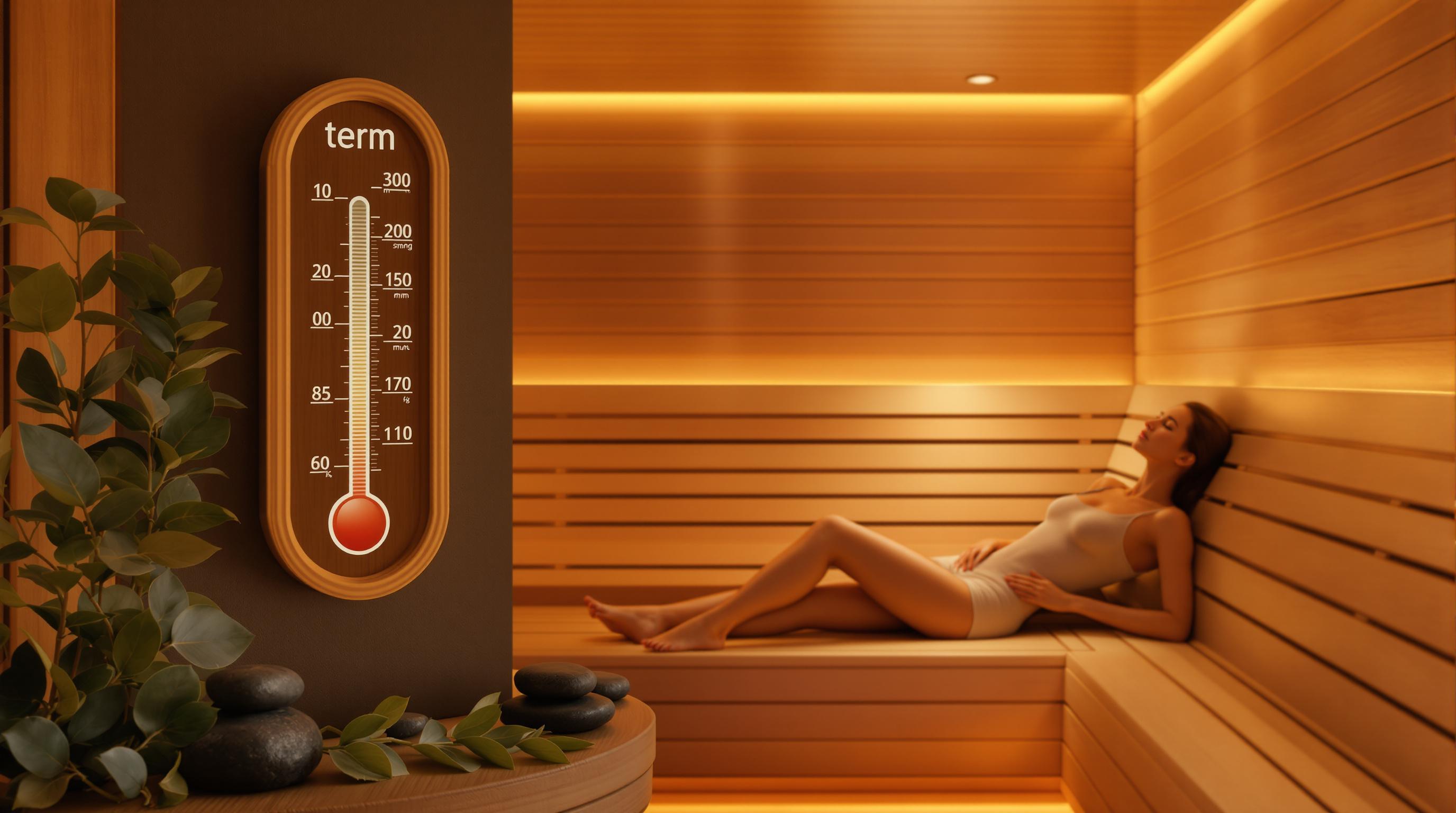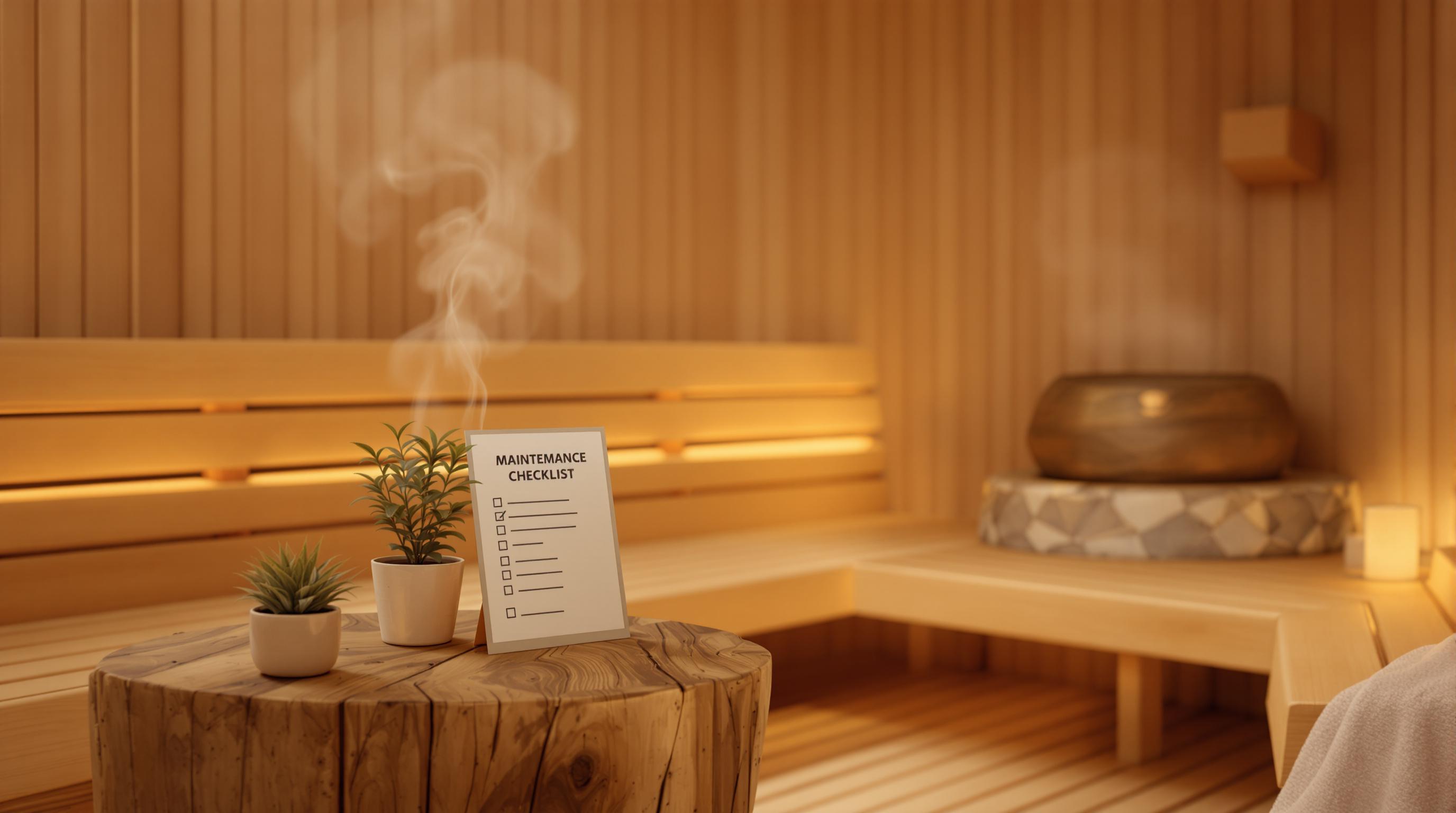Gravel and concrete are the two most common choices for sauna bases. Here's a quick breakdown:
- Gravel: Cheaper, DIY-friendly, and great for drainage. Best for light or portable saunas. Needs occasional maintenance.
- Concrete: Stronger, lasts longer, and handles heavy loads. Ideal for permanent saunas. Costs more and usually requires professional installation.
Shed Foundation Options: Concrete Slab vs Gravel Base Comparison
Quick Comparison
| Feature | Gravel Base | Concrete Base |
|---|---|---|
| Cost | Lower | Higher |
| Installation | DIY-friendly | Professional often needed |
| Drainage | Excellent natural drainage | Requires careful planning |
| Weight Capacity | Good for light saunas | Best for heavy, permanent setups |
| Maintenance | Needs periodic leveling | Minimal upkeep |
| Lifespan | 5-10 years | 20+ years |
| Relocation | Easy to adjust or remove | Permanent and fixed |
Choose gravel for flexibility and cost savings, or concrete for stability and durability. Your decision depends on your sauna type, budget, and long-term plans.
Gravel as a Base for Saunas
What Is a Gravel Base?
A gravel base is a foundation made from compacted crushed stone, designed to support sauna structures while ensuring proper drainage. Typically, it involves at least 4 inches of ¾" clean crushed stone, creating a solid platform that allows water to pass through easily.
Common materials for sauna bases include:
- Crushed stone: Known for its stability and effective drainage.
- Pea gravel: Provides a smoother finish and supports water flow.
- Compactable gravel: Ensures a tightly packed surface for better support.
For improved stability, you can use a layer of larger crushed rock as the base, topped with finer materials like pea gravel to enhance both drainage and compaction.
Benefits of Using Gravel
| Benefit | Description |
|---|---|
| Cost-Effective | Up to 80-200% less expensive than concrete foundations. |
| DIY-Friendly | Can be set up without professional assistance. |
| Excellent Drainage | Prevents moisture buildup by allowing water to flow naturally. |
| Works on Uneven Ground | Can be adjusted to create a level surface even on imperfect terrain. |
| Relocatable | Ideal for portable saunas due to its ease of removal and reinstallation. |
Gravel bases are a practical choice for lightweight or portable saunas. They are particularly useful for uneven ground, as the material can be leveled and adjusted with minimal effort.
Drawbacks of Gravel
Gravel bases may require occasional maintenance, such as re-leveling and compacting, as they can shift or settle over time. In areas with extreme weather, additional steps like improved drainage or frost protection might be needed. Though gravel can handle significant weight, it doesn't provide the same long-term stability as concrete, making it less suitable for large or permanent saunas.
To reduce these issues, consider placing stabilization fabric beneath the gravel layer.
While gravel offers a cost-effective and flexible solution, concrete remains a better option for those seeking a more permanent and durable sauna foundation.
sbb-itb-3953eb0
Concrete as a Base for Saunas
Choosing the right base for your sauna is crucial, and understanding the pros and cons of concrete can help you decide if it’s the right fit for your setup.
Types of Concrete Bases
When it comes to concrete bases, you have two main options: concrete slabs and concrete pavers.
- Concrete slabs offer a solid, continuous foundation, making them ideal for permanent, heavy sauna structures. They provide excellent stability and load-bearing capacity.
- Concrete pavers, on the other hand, consist of individual blocks that are easier to install and replace. This makes them a good choice for smaller saunas or DIY projects, offering more design flexibility.
| Base Type | Best For | Installation Complexity |
|---|---|---|
| Concrete Slab | Permanent saunas, larger setups | High - typically needs a professional |
| Concrete Pavers | Smaller saunas, DIY-friendly | Medium - manageable for self-installation |
| Reinforced Slab | Heavy-duty or sloped areas | High - requires advanced tools and expertise |
Benefits of Using Concrete
Concrete bases are known for their strength and durability, making them a reliable choice for sauna installations. They’re especially suited for larger, permanent structures that need solid support.
| Benefit | Description | Impact |
|---|---|---|
| Structural Integrity | Handles heavy loads without shifting or settling | Keeps sauna level over the years |
| Weather-Resistant | Withstands extreme weather and resists erosion | Durable and easy to maintain |
| Longevity | Lasts for decades with minimal upkeep | Saves money in the long run |
Drawbacks of Concrete
Despite its advantages, concrete does come with a few challenges:
- Cost and Complexity: Installation can be expensive and often requires professional contractors.
- Drainage Issues: Without proper planning, water pooling can become a problem.
- Permanence: Once installed, it’s difficult to relocate or modify.
To address these issues, work with experienced contractors who can ensure proper reinforcement and drainage. While the upfront investment might be higher, concrete’s durability and low maintenance make it a worthwhile choice for many sauna owners.
If you’re considering alternatives, gravel bases can offer more flexibility and lower costs, but concrete remains a top option for those prioritizing stability and long-term performance.
Gravel vs. Concrete: Comparing the Two Options
Gravel vs. Concrete: Side-by-Side Comparison
When deciding between gravel and concrete bases for your sauna, it's important to weigh the pros and cons of each. Here's a breakdown of how they compare:
| Feature | Gravel Base | Concrete Base |
|---|---|---|
| Initial Cost | Lower - about 1/2 to 1/3 the cost of concrete | Higher - requires professional installation |
| Installation | DIY-friendly, minimal tools needed | More complex, needs specialized equipment |
| Drainage | Excellent natural drainage | Requires careful slope and drainage planning |
| Weight Capacity | Reliable with 4" of crushed stone | Superior for heavy loads |
| Maintenance | Needs periodic leveling and topping up | Minimal upkeep required |
| Lifespan | Lasts 5-10 years before major repairs | Can last 20+ years if installed properly |
| Relocation | Easy to remove or adjust | Permanent and not easily modified |
| Climate Resistance | Can shift in freeze-thaw cycles | Stands up well to all weather conditions |
These distinctions highlight the strengths and limitations of each option. Now, let’s dive into how to choose the right base for your sauna.
How to Decide Between Gravel and Concrete
To make the best choice, think about these factors:
Climate and Drainage
In areas with heavy rainfall, gravel's natural drainage is a big plus. On the other hand, concrete is a better choice in freeze-thaw climates, where it offers greater stability.
Sauna Type and Weight
Concrete is ideal for heavier, permanent saunas. If you're setting up a lighter infrared or portable sauna, a gravel base with at least 4 inches of crushed stone can work just fine.
Budget and Timeline
Gravel is a cost-effective and quick solution, perfect for those on a tighter budget or needing a faster setup. Concrete may cost more upfront, but its longevity can make it a worthwhile investment.
Future Plans
Planning to move or adjust your sauna setup later? Gravel is easy to modify. For a permanent installation where stability is a priority, concrete is the better long-term option.
Conclusion: Choosing the Best Base for Your Sauna
Deciding between gravel and concrete as a sauna foundation comes down to factors like budget, climate, and the type of sauna you plan to install. Gravel bases provide natural drainage and are a great option for many installations when done correctly. They're also a cost-effective choice. On the other hand, concrete offers long-lasting stability, making it ideal for more permanent setups.
Concrete handles freeze-thaw cycles well, while gravel works better in areas with significant rainfall. Be sure to check local regulations, as concrete bases may require permits due to their permanent nature [1][2].
Find the Right Sauna for Your Home
After settling on the right foundation, it’s time to choose a sauna that works well with your base. The weight and design of your sauna should pair with your foundation for the best results. For example, lighter infrared saunas are a good match for a properly prepared gravel base, while heavier steam saunas may need the added stability of concrete.
For more guidance, explore the website’s FAQ section. It’s packed with helpful information to ensure your sauna and foundation are a perfect match for your needs.
FAQs
Here are answers to some common questions to help you decide on the right sauna base:
Can I put a sauna on gravel?
Yes, you can. A gravel base is a solid choice, especially in areas with good drainage. To ensure stability and durability, prepare the site by leveling and compacting at least 4 inches of gravel. Adding stabilization fabric underneath the gravel layer can further improve its sturdiness. Plus, this option can be up to 80% cheaper than a concrete foundation [1][3].
What is the best surface for an outdoor sauna?
Concrete foundations are a top pick for outdoor saunas due to their stability and durability [2]. While they come with a higher upfront cost, their strong load-bearing capacity and resistance to weather make them ideal for permanent installations. When deciding, think about your budget, local building codes, and long-term plans.
| Consideration | Gravel Base | Concrete Base |
|---|---|---|
| Cost | Up to 80% less expensive | Higher initial investment |
| Drainage | Excellent natural drainage | Requires planned solutions |
| Permanence | Semi-permanent, adjustable | Permanent fixture |
| Maintenance | May need occasional releveling | Minimal upkeep needed |
Both gravel and concrete have their advantages. Pick the one that suits your sauna setup and future plans best.


